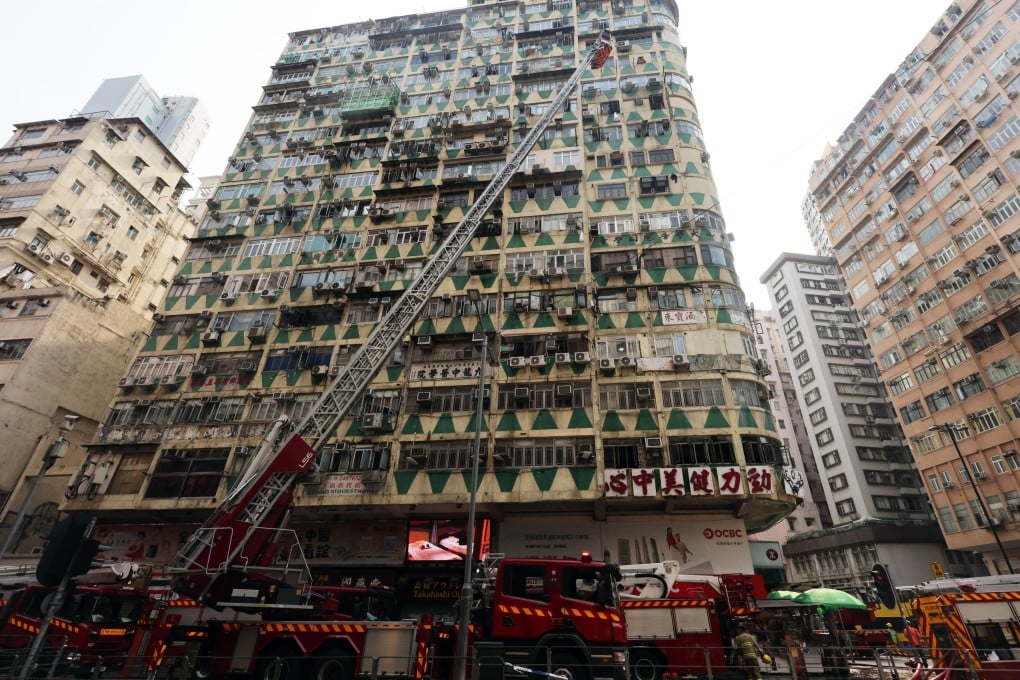My Take | Hong Kong must heed the lessons of the Grenfell Tower tragedy
The city faces long-standing fire safety problems and the UK inquiry starkly demonstrates the need for urgency in combating such risks

A London minicab driver, awoken by a smoke alarm, found his fridge-freezer to be burning. He called the fire brigade, alerted neighbours and fled his fourth-floor flat.
Within 14 minutes, flames swept up 19 floors of the 24-storey tower. Terrified occupants were trapped as toxic smoke engulfed them. Seventy-two people died, including 18 children.
This was a tragedy that should never have happened. An inquiry into the 2017 Grenfell Tower blaze issued a damning report last week, highlighting decades of failure by successive governments and the “systematic dishonesty” of companies who provided the building with combustible materials.
Lives were lost because of a scandalous combination of government indifference to fire safety risks, weak regulation, incompetence and corporate greed. “The simple truth is that the deaths that occurred were all avoidable,” said Martin Moore-Bick, who led the inquiry.
The circumstances that turned Grenfell Tower into a blackened monument to failure must be seen in the British context. But there are lessons to be learned elsewhere. This includes Hong Kong, which is facing its own long-standing problems with fire safety.
At the root of the tragedy was the highly flammable cladding added to the building. This turned homes into death traps, causing the flames to spread rapidly. The dangers of combustible cladding have been known since 1991, but successive governments failed to act. Officials were more concerned with easing regulations to drive economic growth.
Fire safety risks were “ignored, delayed and disregarded”, said the report. Companies supplying materials for cladding were found to have concealed fire risks associated with them. Attitudes to fire safety among other corporations involved were described as casual and cavalier.
